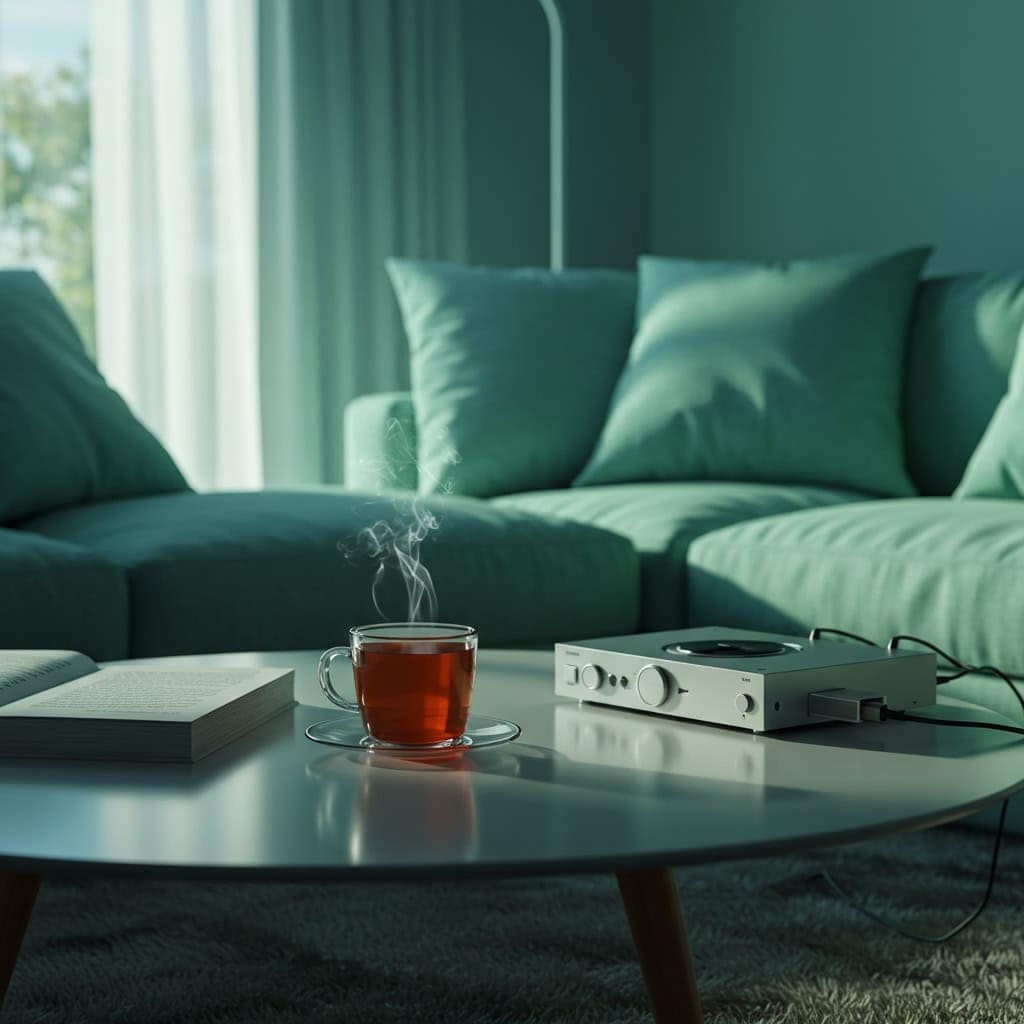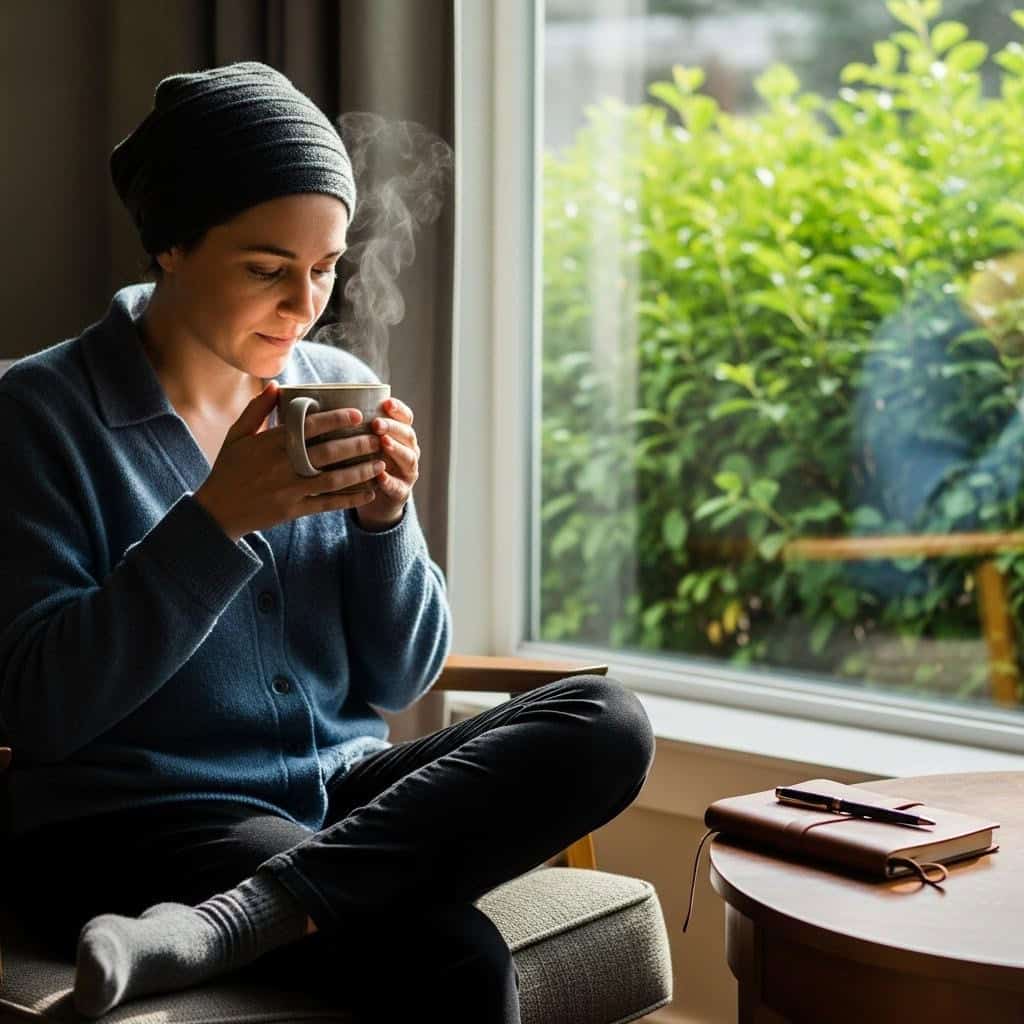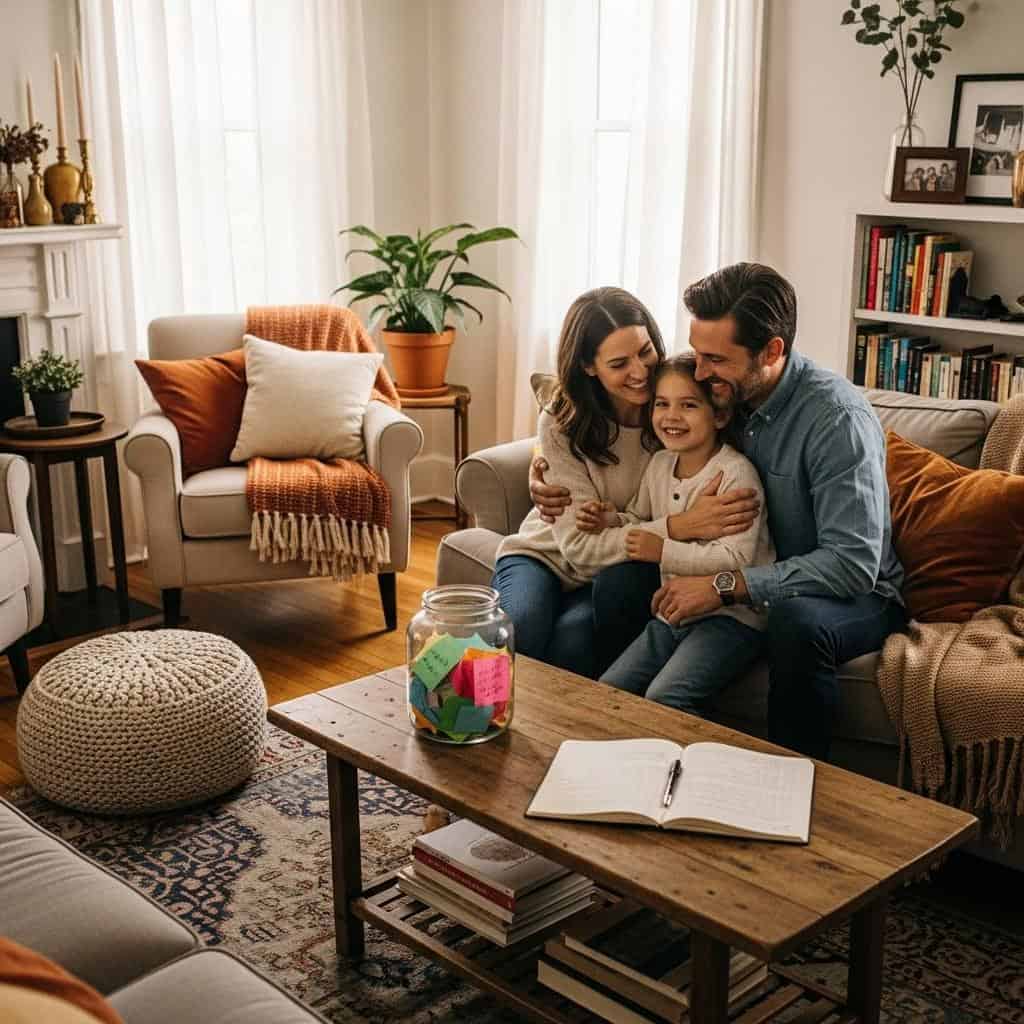Our everyday routines at home can offer powerful clues about our mental well-being. According to psychologists, subtle habits—often unnoticed—can signal a mind at peace and in balance. Recognizing these behaviors helps us understand the intricate link between our environment and our inner world. By exploring these routines, we gain insights into how tranquility is nurtured at home.











